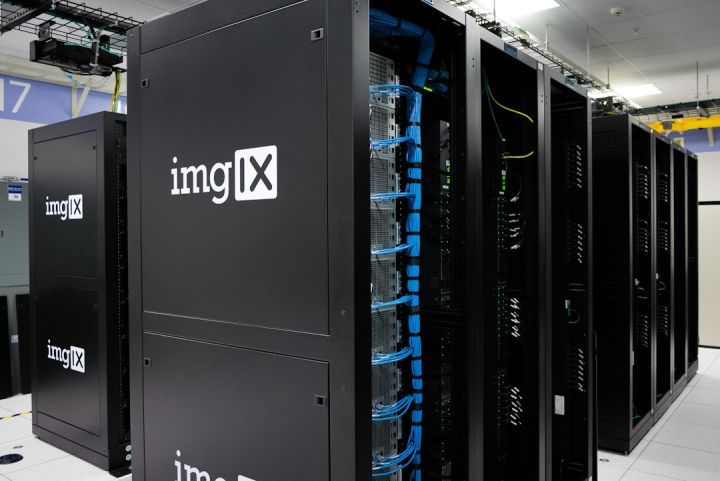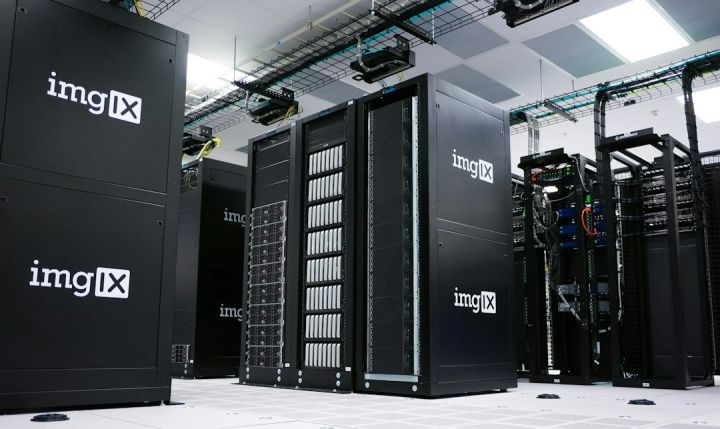What Are Storage Area Networks (san) and How Do They Work?
In today’s digital age, data storage and management have become critical aspects of every organization’s operations. As the volume of data continues to grow exponentially, businesses are constantly searching for efficient and reliable solutions to store, access, and protect their valuable information. One such solution that has gained popularity is the storage area network, or SAN for short. In this article, we will explore what SANs are and how they work.
Understanding Storage Area Networks (SANs)
A storage area network is a specialized network that provides high-speed access to consolidated block-level data storage. Unlike traditional storage architectures where servers directly connect to storage devices, SANs utilize a separate network infrastructure solely dedicated to data storage. This separation allows for centralized storage management and provides flexibility, scalability, and enhanced performance.
Components of a SAN
1. Hosts: The hosts, or servers, are the devices that require access to the storage network. They communicate with the storage devices through network adapters, which connect to the SAN fabric.
2. Storage Devices: These devices, such as disk arrays or tape libraries, store the data in the SAN. They are connected to the SAN fabric and provide block-level access to the hosts.
3. SAN Fabric: The SAN fabric is the backbone of the storage area network. It consists of switches and directors that enable communication between hosts and storage devices. The fabric ensures reliable and efficient data transfer across the network.
How SANs Work
1. Connectivity: SANs use Fibre Channel (FC) or Ethernet connections to establish connectivity between hosts and storage devices. Fibre Channel is the most common choice for SANs due to its high performance and low latency. Ethernet-based SANs, known as iSCSI, are also gaining popularity.
2. Zoning: Zoning is a method used to control access and improve security within a SAN. It involves dividing the SAN fabric into logical groups called zones, where only specific hosts and storage devices can communicate with each other. Zoning ensures that data is accessible only to authorized devices.
3. LUNs and LUN Masking: Logical Unit Numbers (LUNs) are virtual representations of storage devices. Each LUN represents a specific piece of storage available to hosts. LUN masking is a technique that restricts access to LUNs based on host or storage device permissions. It adds an extra layer of security and prevents unauthorized access to data.
4. Data Transfer: When a host requests data, the SAN fabric routes the request to the appropriate storage device. The data is then transferred between the host and the storage device in blocks. SANs are capable of high-speed data transfer, allowing for efficient and quick access to stored information.
Advantages of SANs
1. Scalability: SANs offer easy scalability, allowing organizations to add or remove storage devices as needed without disrupting operations. This flexibility is crucial as data storage requirements continue to grow.
2. Performance: With dedicated network infrastructure and high-speed connectivity, SANs provide superior performance compared to traditional storage architectures. This ensures that data can be accessed quickly and efficiently, improving overall productivity.
3. Centralized Management: SANs enable centralized storage management, making it easier to allocate, monitor, and protect data. Administrators can manage storage resources from a single interface, streamlining operations and reducing complexity.
Conclusion
Storage area networks have revolutionized the way organizations store and manage their data. By providing a dedicated network infrastructure for data storage, SANs offer increased performance, scalability, and centralized management. Understanding how SANs work can help businesses make informed decisions about their data storage needs and optimize their operations in an increasingly data-driven world.






